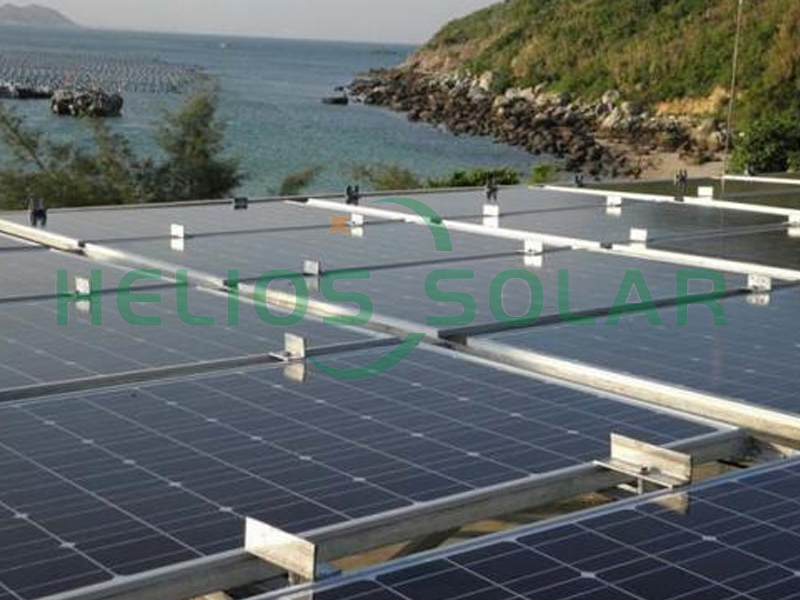Solar photovoltaic modules, also known as solar panels, are an important component of solar energy systems. The modules are designed to convert sunlight into electricity, making it a key player in the renewable energy sector. The circuit design of solar photovoltaic modules is critical to ensuring the efficient and safe operation of these systems. In this article, we’ll delve into the complexities of solar PV module circuit design, exploring the key components and considerations involved.
The core of a solar PV module is the photovoltaic (PV) cell, which is responsible for converting sunlight into electricity. These cells are typically made from semiconductor materials such as silicon, and when exposed to sunlight, they generate a direct current (DC) voltage. To harness this electrical energy, the circuit design of a solar photovoltaic module includes several key components.
One of the main components in solar photovoltaic module circuit design is the bypass diode. Bypass diodes are integrated into the module to mitigate the effects of shadowing or partial cell failure. When a solar cell is shaded or damaged, it becomes an obstacle to the flow of electricity, reducing the overall output of the module. Bypass diodes provide an alternative path for current to bypass shadowed or failed cells, ensuring that the overall performance of the module is not significantly affected.
In addition to bypass diodes, the circuit design of solar photovoltaic modules also includes junction boxes. The junction box acts as the interface between the PV modules and the external electrical system. It houses the electrical connections, diodes and other components required for the module to operate safely and efficiently. The junction box also provides protection against environmental factors such as moisture and dust, protecting the module’s internal components.
Additionally, the circuit design of solar PV modules includes charge controllers, especially in off-grid or stand-alone systems. Charge controllers regulate the flow of electricity from the solar panels to the battery pack, preventing overcharging and deep discharge of the battery. This is critical to extending the life of the battery and ensuring the overall stability of the solar system.
When designing solar photovoltaic module circuits, the voltage and current ratings of the entire system must be considered. The configuration of the modules, whether in series, parallel or a combination of both, affects the voltage and current levels within the circuit. Proper circuit sizing and configuration are critical to maximizing the power output of solar photovoltaic modules while maintaining the safety and integrity of the system.
In addition, the circuit design of solar photovoltaic modules must comply with relevant safety standards and regulations. This includes proper grounding and overcurrent protection to prevent electrical hazards. Complying with these standards ensures the safe installation and operation of solar systems, protecting the equipment and those involved.
In recent years, technological advancements have allowed power optimizers and microinverters to be integrated into the circuit design of solar PV modules. These devices enhance the module’s performance by individually optimizing the power output of each solar panel and converting direct current to alternating current (AC) for use in residential or commercial applications. By integrating these advanced electronics, the overall efficiency and reliability of solar systems are significantly improved.
In conclusion, the circuit design of solar PV modules plays a vital role in the functionality and performance of the solar system. By integrating components such as bypass diodes, junction boxes, charge controllers and advanced electronics, the circuit design ensures efficient and safe operation of solar photovoltaic modules. As the demand for renewable energy continues to grow, the importance of robust and well-designed circuits in solar photovoltaic modules is becoming increasingly apparent, paving the way for a sustainable energy future.
If you are interested in solar photovoltaic modules, please feel free to contact Radiance for a quote.
Post time: Aug-08-2024


